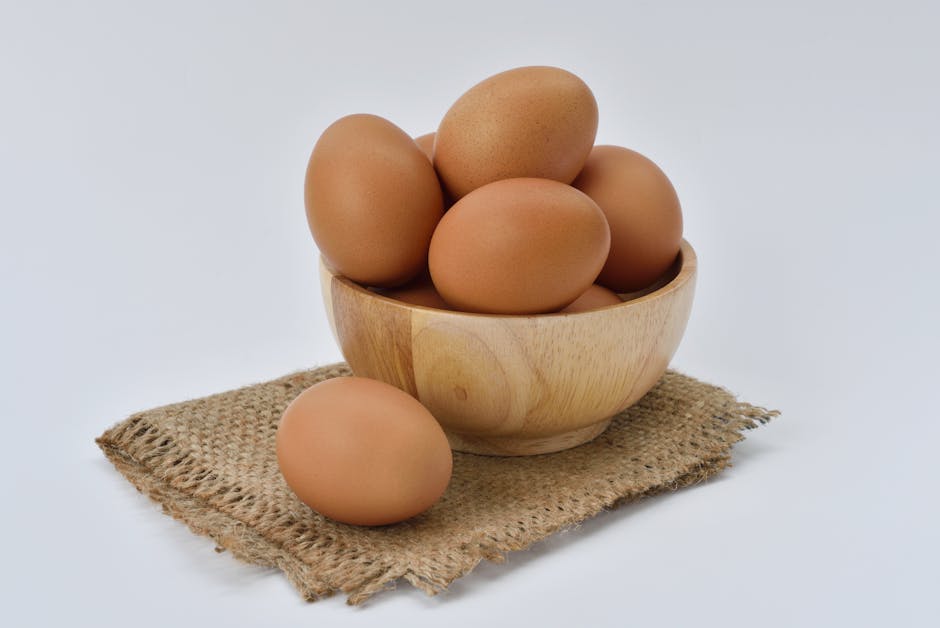Ever wondered what it would be like to eat like our ancient ancestors? The Paleo diet, often called the “caveman diet,” attempts to do just that. It’s based on the idea that humans are genetically best suited to eating the foods that were available before the advent of agriculture. This means focusing on whole, unprocessed foods and eliminating things like grains, legumes, and processed sugars. Let’s dive into the Paleo diet food list and discover what’s on the menu – and what’s not.
What is the Paleo Diet?
The Paleo diet is a dietary approach centered around foods that our hunter-gatherer ancestors likely consumed. It emphasizes lean proteins, fruits, vegetables, nuts, and seeds. The core principle is to eat foods that are minimally processed and closely resemble their natural state. Think of it as going back to basics, focusing on real, whole foods that nourish your body.

Paleo Diet Food List: What to Eat
So, what *can* you eat on the Paleo diet? Thankfully, there’s a wide variety of delicious and nutritious foods to choose from.
Meats
Lean meats are a cornerstone of the Paleo diet. Opt for grass-fed and free-range options whenever possible.
- Beef (grass-fed)
- Chicken
- Turkey
- Pork
- Lamb
- Venison

Fish and Seafood
Packed with omega-3 fatty acids, fish and seafood are excellent additions to a Paleo diet.
- Salmon
- Tuna
- Shrimp
- Cod
- Trout
- Shellfish (oysters, clams, mussels)

Fruits and Vegetables
Fruits and vegetables are vital for essential vitamins, minerals, and antioxidants. Enjoy a colorful array!
- Berries (strawberries, blueberries, raspberries)
- Apples
- Bananas
- Oranges
- Broccoli
- Spinach
- Carrots
- Sweet Potatoes

Nuts and Seeds
These provide healthy fats, fiber, and protein. Be mindful of portion sizes, as they are calorie-dense.
- Almonds
- Walnuts
- Pecans
- Sunflower Seeds
- Pumpkin Seeds
- Chia Seeds
- Flax Seeds

Healthy Fats and Oils
Healthy fats are essential for hormone production and overall well-being.
- Avocado Oil
- Coconut Oil
- Olive Oil
- Avocados

Paleo Diet Food List: What to Avoid
Now, let’s talk about what’s off-limits on the Paleo diet. These are typically foods that were introduced relatively recently in human history, after the agricultural revolution.
Grains
Grains are a major no-no on the Paleo diet, including:
- Wheat
- Rice
- Corn
- Oats
- Barley
- Rye

Legumes
Legumes, such as beans and lentils, are also excluded.
- Beans (kidney beans, black beans, chickpeas)
- Lentils
- Peanuts (technically a legume)
- Soybeans

Dairy
Dairy is generally avoided, though some variations of the Paleo diet may allow grass-fed butter or ghee.
- Milk
- Cheese
- Yogurt
- Ice Cream

Processed Foods
Any foods that are heavily processed, contain artificial ingredients, or are high in sugar should be avoided.
- Sugary drinks (soda, juice)
- Candy
- Fast food
- Processed meats
- Refined oils (vegetable oil, canola oil)

Tips for Starting the Paleo Diet
Ready to give the Paleo diet a try? Here are a few tips to help you get started:
- Start Gradually: Don’t try to overhaul your entire diet overnight. Begin by making small changes, such as swapping out sugary drinks for water and processed snacks for fruits and vegetables.
- Plan Your Meals: Meal planning can help you stay on track and avoid impulsive unhealthy choices.
- Read Labels: Be mindful of ingredients and avoid products that contain grains, legumes, dairy, or processed ingredients.
- Experiment with Recipes: There are countless delicious Paleo recipes available online and in cookbooks. Find ones that you enjoy and incorporate them into your routine.
- Listen to Your Body: Pay attention to how you feel and adjust your diet as needed.

Potential Benefits of the Paleo Diet
Many people report experiencing various benefits from following the Paleo diet. These can include:
- Weight loss
- Improved blood sugar control
- Reduced inflammation
- Increased energy levels
- Better digestion

Conclusion
The Paleo diet offers a structured approach to eating that prioritizes whole, unprocessed foods, mimicking the eating habits of our ancestors. While it may seem restrictive at first, the Paleo diet food list is filled with delicious and nutritious options that can support your health and well-being. Remember to start slowly, plan your meals, and listen to your body. By focusing on lean proteins, fruits, vegetables, nuts, seeds, and healthy fats, you can embark on a Paleo journey that nourishes your body and helps you feel your best. Consider exploring Paleo recipes online (link to external Paleo recipe site) or consulting with a nutritionist to tailor the diet to your specific needs and goals. Are you ready to embrace your inner caveman (or cavewoman)?
